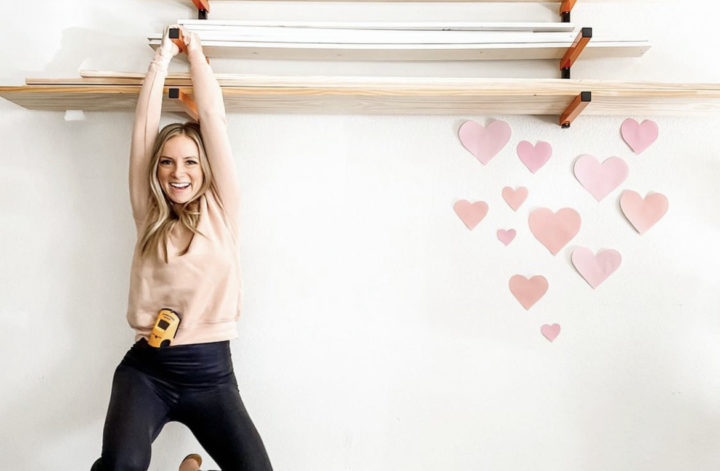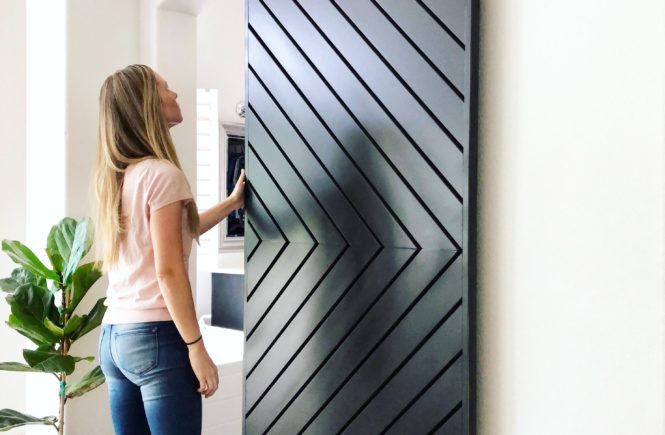I can’t believe 2023 is almost here! Do you feel ready for a new year? This year has been full of change and new exciting adventures, but I am super pumped for a fresh start. It’s like my new quote wall, “Trust the magic of new beginnings.” Don’t worry, I’m still planning on having all sorts of holiday fun and sharing ways to DIY the holidays! I’ve just been feeling so inspired by the vibes coming that I am getting excited. There are definitely some standout looks I’m loving for 2023.
3 Types of Wood I Use For DIY Projects
3 Types of Wood I Use For DIY Projects
Whenever I start a new project I always get asked what type of wood I’m using and how I chose it. It took me a long time to understand how to pick out the best wood and all of the different types. So I get it! Today I’ve put together everything I know about wood and I’m going to break down the 3 types of wood I use for DIY projects. Although it does depend on the project, I usually stick to using one of these: MDF (Medium-Density Fiberboard), plywood, or solid wood. Let’s get into it!
When to Use MDF vs Solid Wood
One of my most asked questions is, “hey, what material did you use to build the….”. So today I am breaking down all the basics of MDF (Medium-Density Fiberboard vs solid wood). I am going to go through each one, the benefits of each option, where it’s most often used, and which I’ve used in my projects. Ready to become material experts? Heck yes!
Solid Wood
About Wood: First, you can always build with solid wood. This is a good choice if it’s something you want to stain, or want the real wood look.
Solid wood can include knots and imperfections. The boards may not be perfectly straight and they can contract or warp a little overtime. It’s also more expensive.
*Fingerjoint pine is another form of wood I sometimes use that is wood pieces spliced together to form a longer piece.
*Plywood is another form and is made up of sheets of wood veneer glued together into one solid piece. It comes in different grades and can be stained, but the edges are unfinished and can easily splinter.
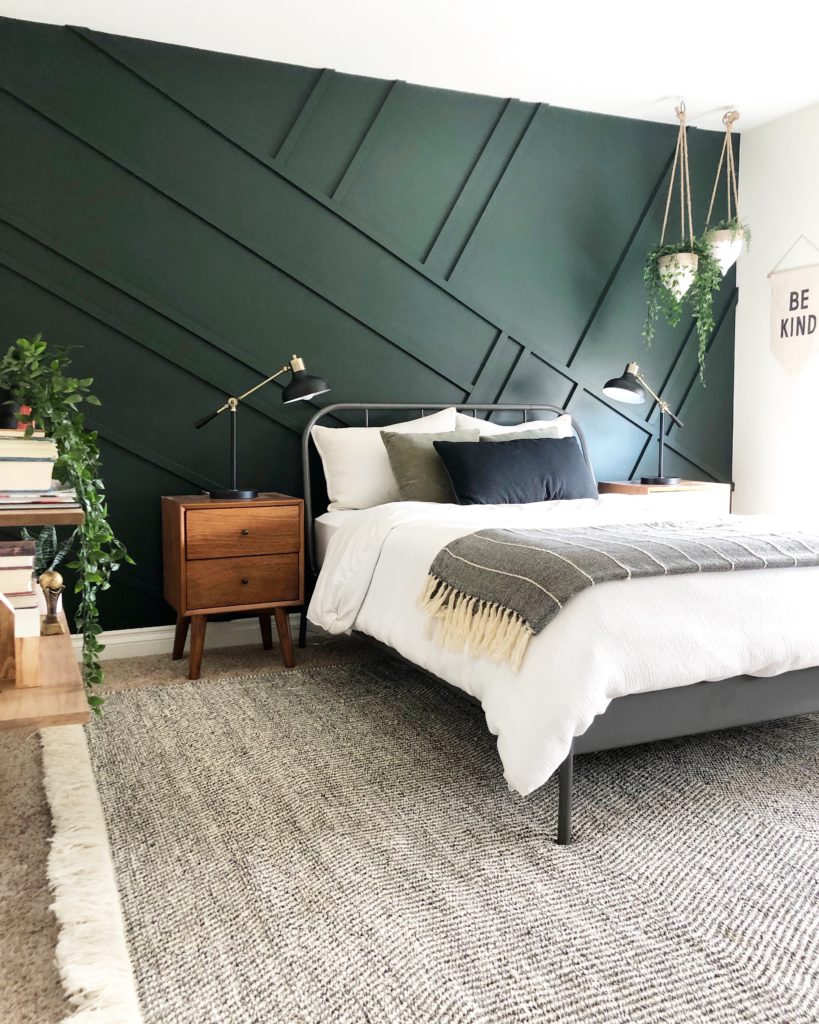
MDF or Medium-Density Fiberboard
MDF is made up of wood! It’s actually recycled wood so it is also beneficial for the environment. To make MDF, the manufacturers take the scraps of wood leftover from the production of wood boards and beams that might normally end up burned or in a landfill, and turn it into MDF by adding glue and heat/pressure. Here is some more information about MDF.
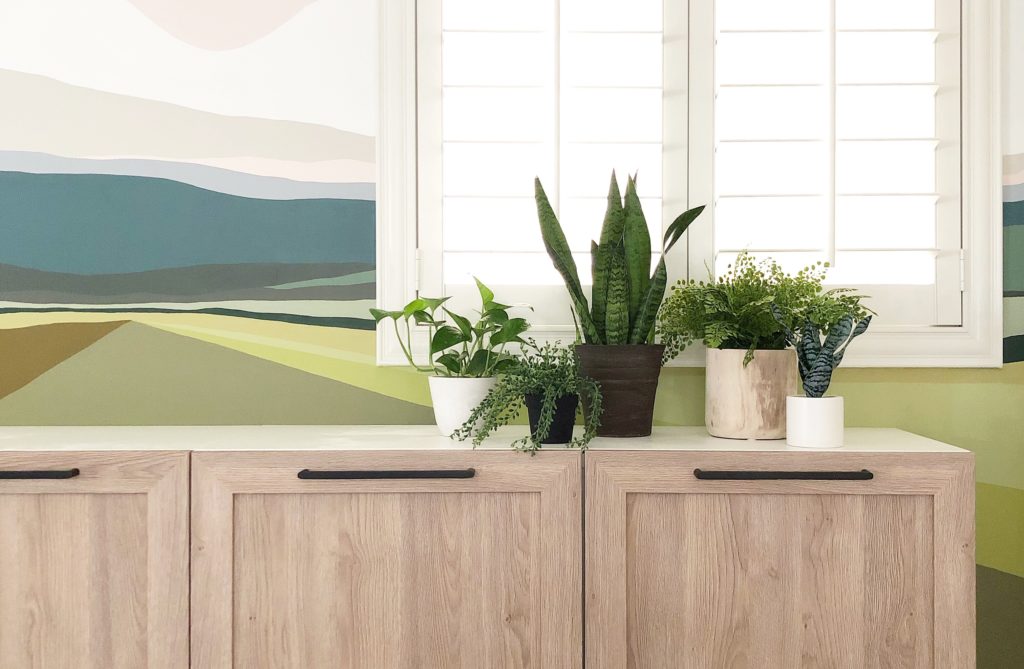
Benefits:
-The result is a board that is smooth throughout with no knots or imperfections to worry about.
-It’s great for painting since the boards are perfectly smooth.
-MDF is very consistent throughout, so cut edges appear smooth and you can use router to get decorative edges.
-MDF is less expensive than solid wood and plywood.
Where it’s used:
MDF is used in so many spaces in our homes. You can find it in cabinets, furniture, moulding/trim work, door parts, and store fixtures.
What projects have I used MDF?
Remember those primed and smooth shiplap boards I used in the fireplace area? I used MDF here because I wanted a smooth modern look with no knots, and they were more affordable than solid wood.

I am currently trimming out my stairs in MDF. I looked at some solid wood options, but there were imperfections and I needed my boards to be perfectly straight. Also my boards came with a slight rounded edge so I didn’t even need to buy a router.
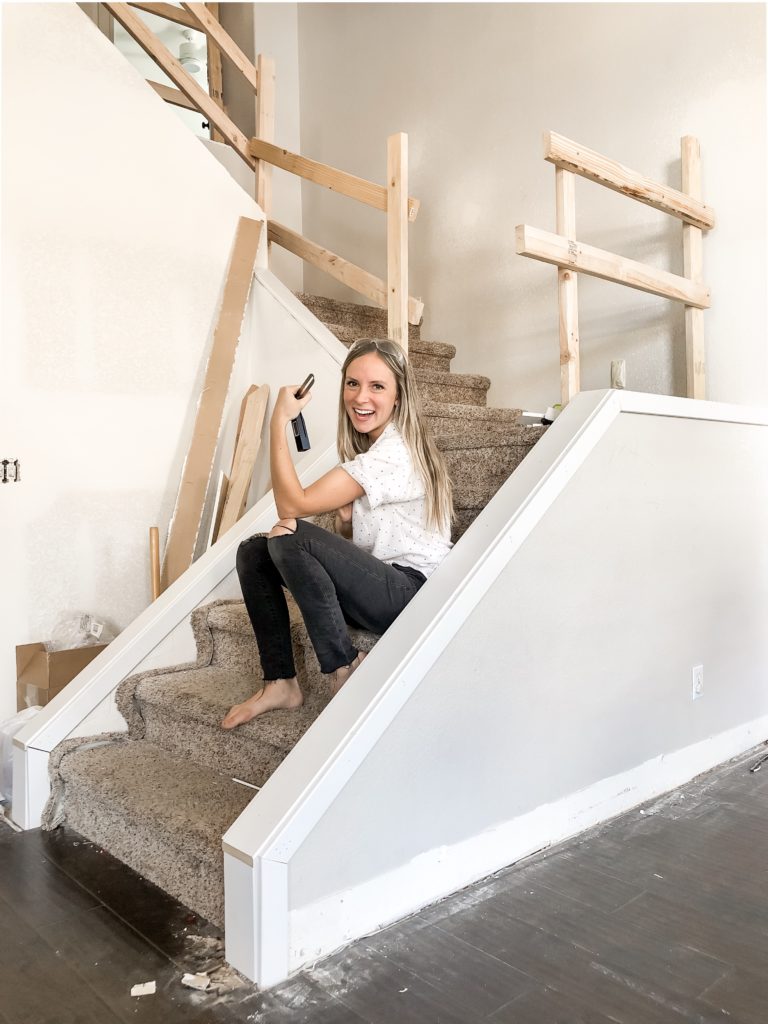
My barn door is made of a 3/4 MDF sheet and topped with MDF boards. I wanted it perfectly smooth and didn’t want it to warp over time.
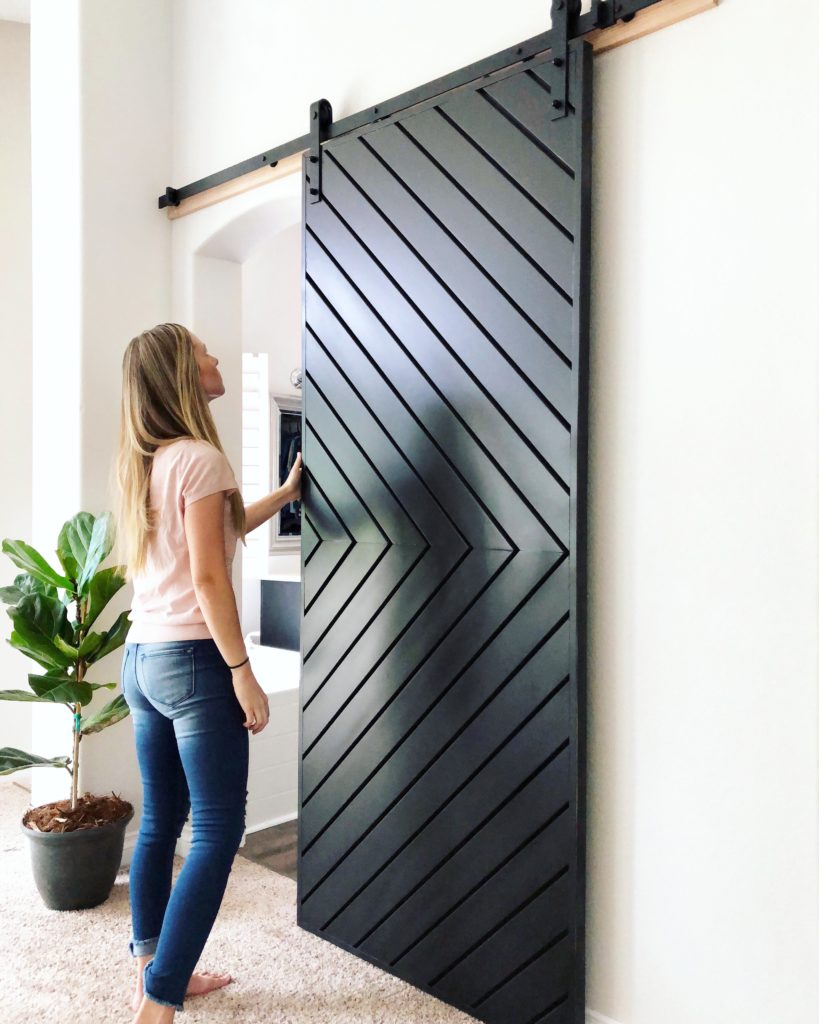
My window trim and baseboards are also MDF
*If you plan to use MDF in areas with moisture (like bathrooms or around sinks) you can source moisture-resistant MDF, but just make sure you prime and paint all edges so there is a barrier the water can’t get through.
I hope that was helpful! Now go build something! Tune into @angelarosehome for more tutorials and projects.


